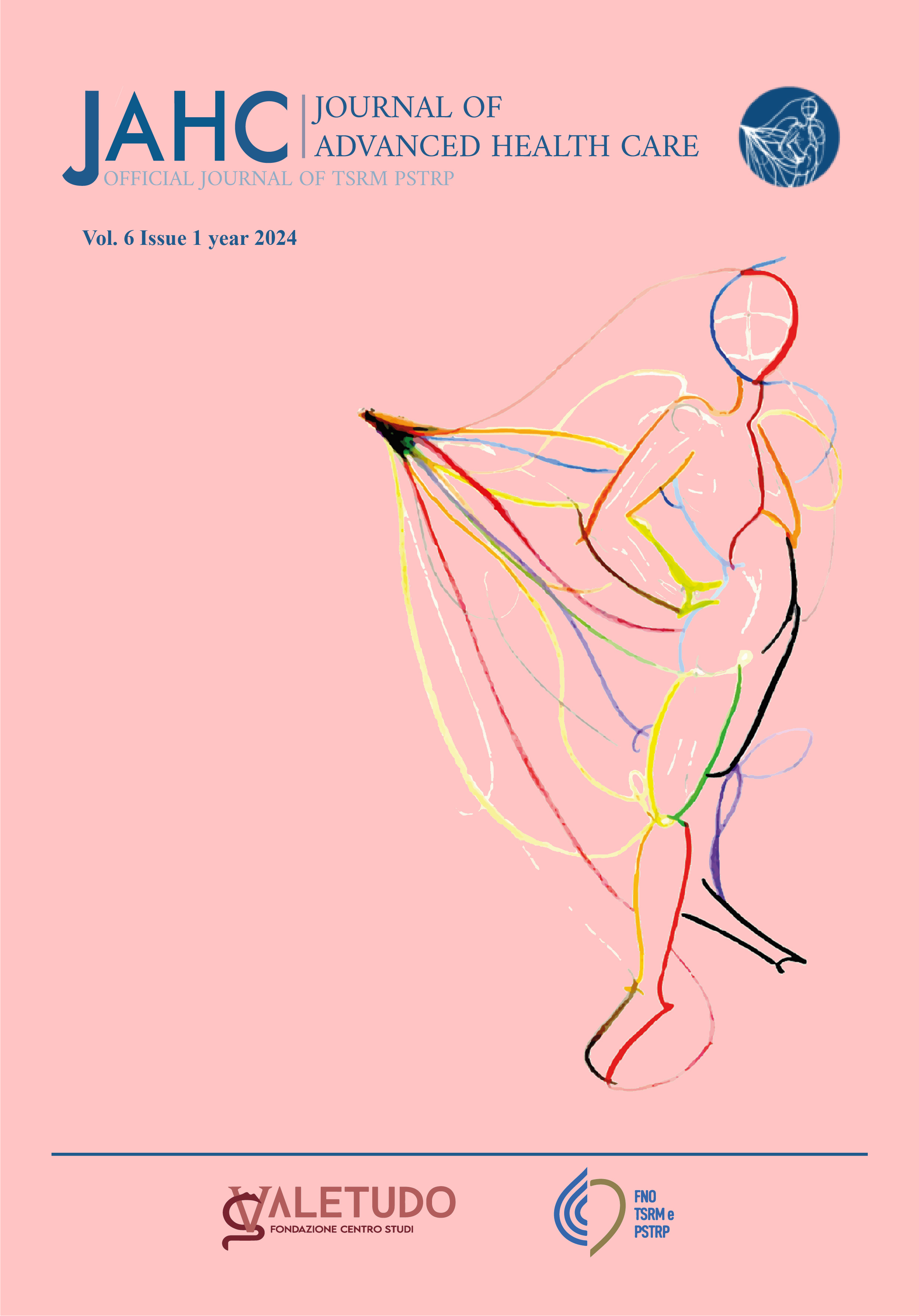Abstract
The study aimed to automate CT organ segmentation using image processing and machine learning. The process involved data acquisition, labeling, neural network training, validation, testing, segmentation, analysis, interpretation, feedback, improvement, documentation, and sharing. Analyzing 20 anonymized patients on two high-performance workstations, segmenting thoraco-abdominal regions, liver, and spleen using 3D SLICER and plugins. Repeatability tests using "Autodesk Meshmixer" and "Prusa Slicer" revealed workstation 2 took nearly three times longer in 'fast' mode and 13 times longer in 'normal' mode compared to workstation 1. In conclusion, the study explored AI for organ segmentation, showing efficiency and potential cost reduction. Legal, ethical, and technical challenges include privacy concerns, professional responsibility, and the need for annotated data. Interoperability, adaptability, staff training, and continuous monitoring are crucial for AI effectiveness and safety in clinical settings. Despite challenges, AI proves valuable for precise, timely medicine, supporting medical personnel.

This work is licensed under a Creative Commons Attribution-NonCommercial-NoDerivatives 4.0 International License.
Copyright (c) 2024 Journal of Advanced Health Care





